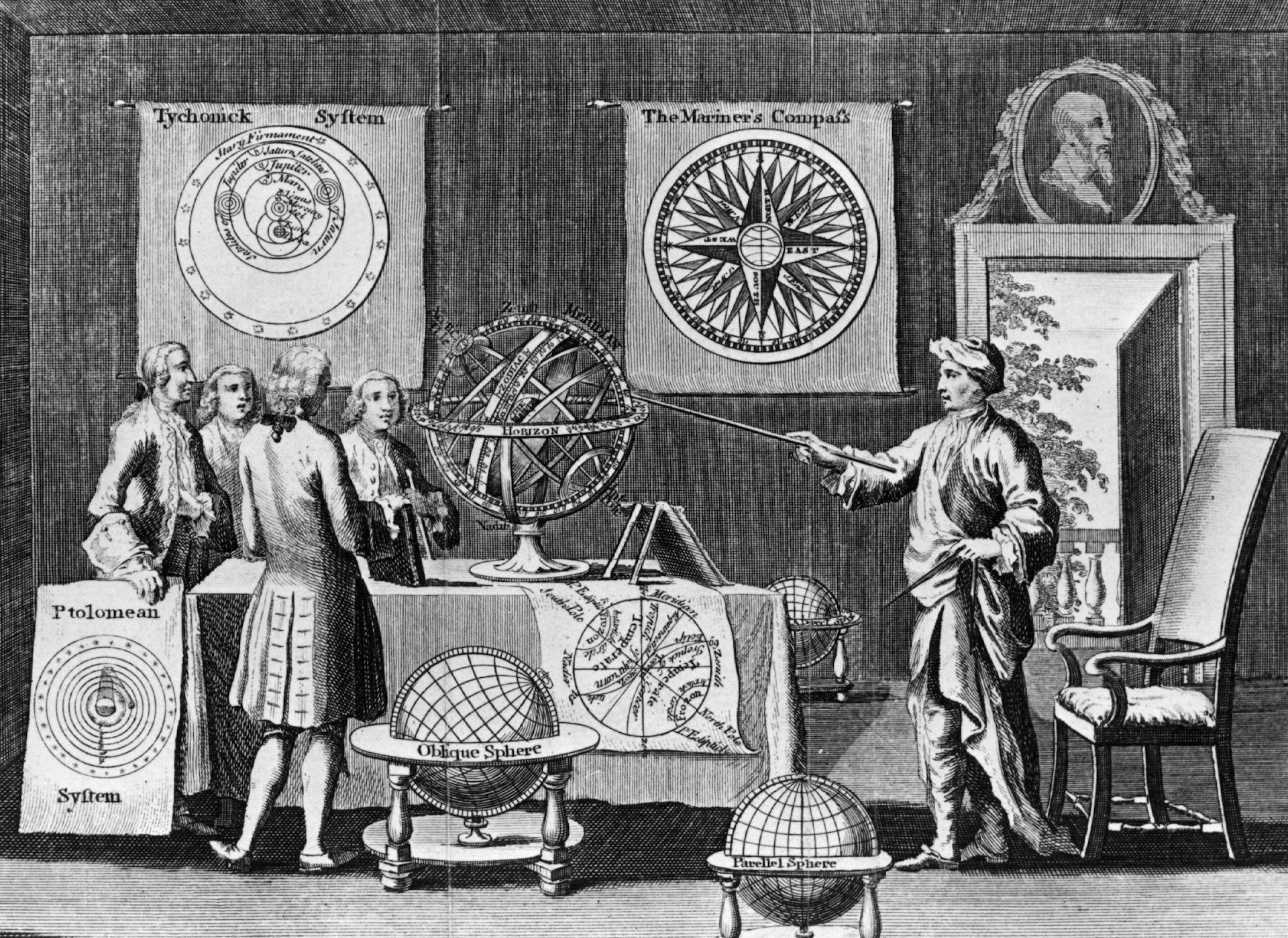The Mother of All Demos
In 1968 computers were the size of a room. But after the founding of Intel and the introduction of the mouse that year they would eventually fit in a pocket – and change the Silicon Valley forever.
A computer may have been the size of room in 1968, but it was still a watershed year for tech industry. That year saw the founding of the Intel Corporation that would revolutionize microprocessors and “the mother of all demos,” a landmark event that featured the first public demonstration of a computer mouse. Our guest, Margaret O’Mara, a professor of U.S. history at the University of Washington, became fascinated with the story of the Silicon Valley through a circuitous path that involved time spent in the White House and a close encounter with the Little Rock Nine. She tells Philip how this place, once a pastoral agricultural community, became a technological and economic powerhouse – and what that meant for the people who lived there.
Read more in this accompanying article from Margaret O'Mara: In 1968, computers got personal: How the ‘mother of all demos’ changed the world
Also: RSS Feed
Music: “By Grace” by Podington Bear, found on FreeMusicArchive.org, licensed under CC0 1
“Motions” by Rafael Krux, found on FreePD.com, licensed under CC0 1
Archival: Mother of All Demos - The Mouse
HAL 9000: “I’m sorry Dave, I’m afraid I can’t do that”
The First Microprocessor TV Commercial
Deactivating Hal 9000 HD (COMPLETE)
Apple accused of failing to protect workers
It was my mistake’: Facebook CEO speaks out on privacy scandal
Jeff Bezos: The $100 Billion Dollar Man | CNBC
The Disruptors: The ‘Uber effect’ on the Taxi Industry
New video shows moments before fatal self-driving Uber crash
Read These Next
Christmas trees are more expensive than ever in Colorado — what gives?
Most Christmas trees are imported from other states, which drives up costs.
Getting peace right: Why justice needs to be baked into ceasefire agreements – including Ukraine’s
Just war theory, a centuries-old field of ethics, deals with how and when to start conflicts. It can…
Science has always been marketed, from 18th-century coffeehouse demos of Newton’s ideas to today’s T
Science has always been part of a marketplace of ideas, where claims vie for audiences, resources and…











